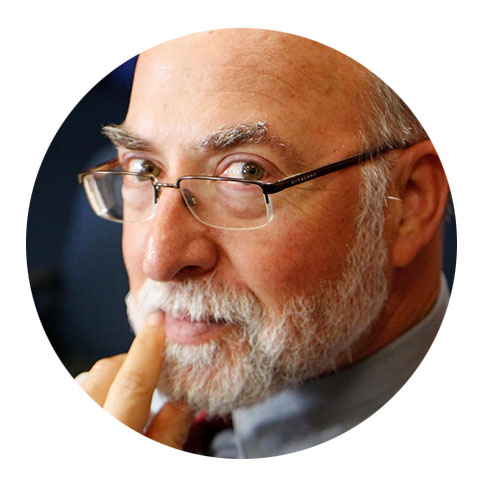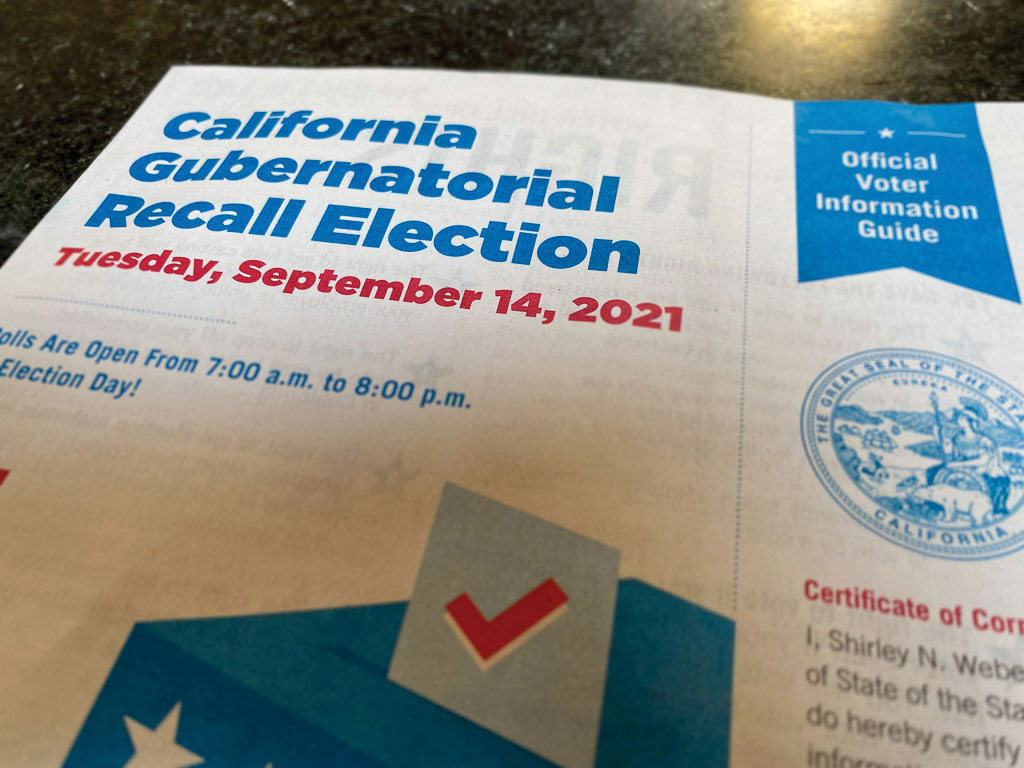Defeating the Recall: Urgent and Important
Just after I left journalism for politics, my first boss, the chief deputy to an elected official, gave me a warning: “In politics,” he told me, “we’re driven by what’s urgent, not by what’s important.” President Eisenhower first noted the same thing in a 1954 speech, citing an unnamed university professor.
I’ve now seen it play out more often than I’ve quoted it and California’s upcoming recall election is a prime example.
Political Vandalism
There is no conceivable policy rationale for spending $276 million in taxpayer dollars (per the State Department of Finance) for a special election to try and recall a governor, who has never been accused of any official misconduct, barely a year ahead of the regularly scheduled election. Yet with in-person voting set to begin next week for the September 14 election, this capricious act of political vandalism is now the most urgent crisis in Sacramento.
With his personal political survival at stake, the recall is Gavin Newsom’s top priority, displacing far more important matters like blunting the surge in new COVID-19 cases, nurturing the state’s economic recovery, refining plans to safely reopen schools and universities, battling wildfires, expanding homeless programs, and juggling myriad other policy priorities the voters elected him to address.
It’s instructive to revisit the history. A Washington Post public opinion round-up recently assayed the public’s current reasons for recalling Newsom as 61% COVID-related: handling of restrictions, school and business closures, and “the French Laundry incident” (which surely ranks right down there with Obama’s tan suit and Clinton’s tarmac haircut as a right-wing fake-news firestorm.) Another 39% blamed him over other issues, including “spending decisions” (whatever that means), and unemployment benefit problems.
OK. I get that Gavin’s the governor and therefore everything is his fault. But how and when did this thing start? As it happens, the recall petitions qualified for circulation on February 21, 2020—a day when U.S coronavirus cases numbered only 35, and California was one of just three states (along with Nebraska and Illinois) who were even capable of testing for it. It wouldn’t officially be declared a pandemic until the following month. So if there was no COVID pandemic yet to blame him for, who was pushing it? And why?
The Culprits
The front man is Orrin Heatlie, a retired sergeant formerly with the Sheriff’s Department of Yolo County (pop. 217,500, a jurisdiction smaller than a single LA city council district). Major funders of the so-called California Patriot Coalition behind the recall include big-shot LA developer Geoff Palmer, the guy who builds all those fake Italianate mega-apartment complexes ringing downtown LA—a pretentious “Renaissance Collection” that began 20 years ago with the Medici and now includes the Orsini, the Visconti, the Da Vinci, the Piero, and the Lorenzo. Not coincidentally, he also flashed the biggest bankroll of the top 75 LA developers last year for former President Trump and other Republicans, more than $6.4 million, according to the real estate news site, The Real Deal.
As I reported in a previous column, the nominal reasons 18 months ago for recalling the governor, barely a year into his first term, were an almost laughable grab-bag of the usual Republican fundraising hot buttons: immigration, taxes, homelessness, the death penalty, Prop. 13, and cryptically, “rationing our water use” and “restricting parental rights.” COVID? Not even a footnote.
Real Trouble?
Nevertheless, Newsom now could be in real trouble; at this writing, the poll aggregators at Real Clear Politics (realclearpolitics.com) found an average of 48% supporting the recall, and 47.5% against, enough to give any governor insomnia and night sweats.
The earlier rosy numbers of declining COVID infections that I confidently cited in May have shifted dramatically against him, thanks to the Delta variant and intractable vaccine opposition (centered in the same constituency pushing the recall). The state remains open, but our unwillingness to impose vaccine mandates—despite the higher transmissibility of Delta even among people with vaccinations has necessitated re-imposing mask mandates, an action guaranteed to upset or disappoint nearly everyone, vaccinated or not.
Homelessness is worsening, true, but no fair-minded reading of this longstanding problem could possibly lay all or even much of the blame at Newsom’s door. As for taxes, it was Trump and Republican policies that laid an even heavier fiscal burden on blue-state taxpayers in New York and California by limiting federal deductions for state and local taxes.
But here we are. You may already have voted by mail, as I have, or you may be pondering whether to mail or drop off your ballot at one of the hundreds of drop-box locations, or cast it in person at one of the County’s 253 Vote Centers, beginning tomorrow, September 4.
I’m looking forward to my 10-day pollworker stint up to and including Election Day.
Vote NO! Now and Change the Code Later
However the recall goes down—and I hope it DOES go down, resoundingly—it’s clear that the process needs a thorough overhaul. We must not allow it to become a Republican weapon to simply unhorse a sitting Democratic governor or other official they couldn’t defeat in a normal election.
Under California law, the right to recall is guaranteed in the state constitution, and the specific procedures enumerated in the Elections Code. While it’s a bridge too far to expect voters to support or accept a full repeal of the constitution’s recall section, there should be ample room for a legislative fix to its most problematic features.
Instead of a one-and-done election where a vetted elected incumbent could be replaced by a literally unknown or barely known opponent (e.g., a certain nutty right-wing talk-show host), the Legislature could require that an official could only be recalled and replaced by a replacement candidate garnering more votes, so that a Newsom with 49% support could not be replaced by someone with only an 11% plurality.
Better still, at least in the case of a governor, the replacement would appropriately be the lieutenant governor, as it is with a death or disability—not a competing candidate in an attempted election do-over—which would hopefully take the wind out of those sails.
The Bottom Line: The ‚ÄúEisenhower matrix‚Äù prioritizes tasks based on urgency and importance, with those tasks neither urgent nor important placed at the bottom. By that standard, not the unjustified recall itself, but¬Ýbeating it back‚Äîin an imminent special election fueled by right-wing money and rank partisanship‚Äîis both as important, and as urgent, as it gets.













